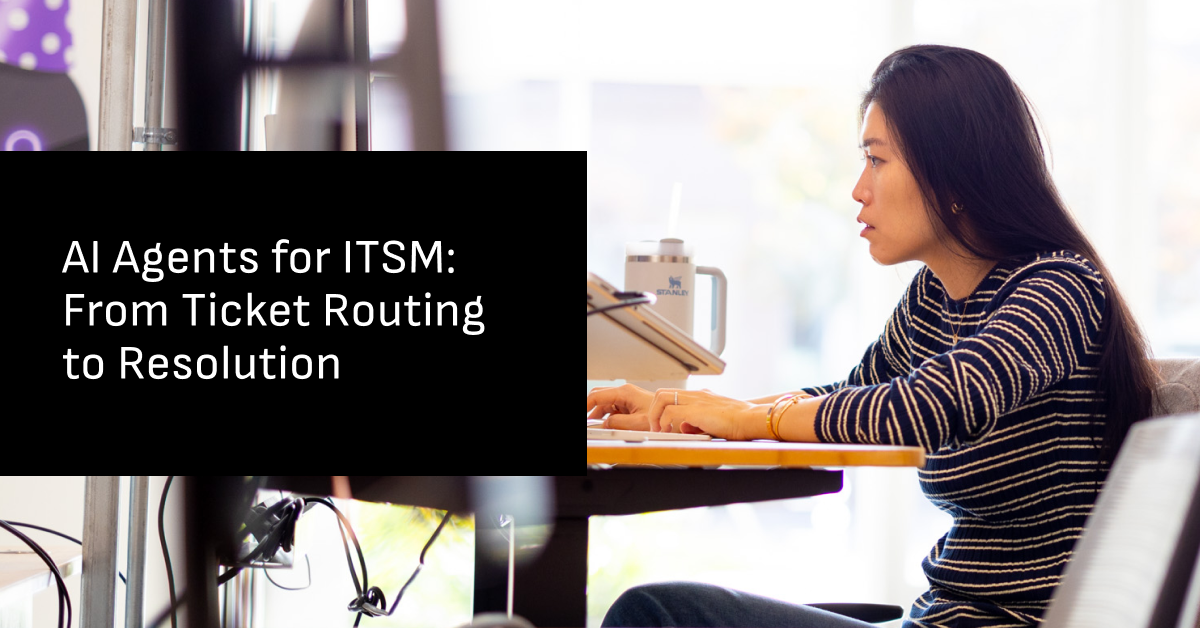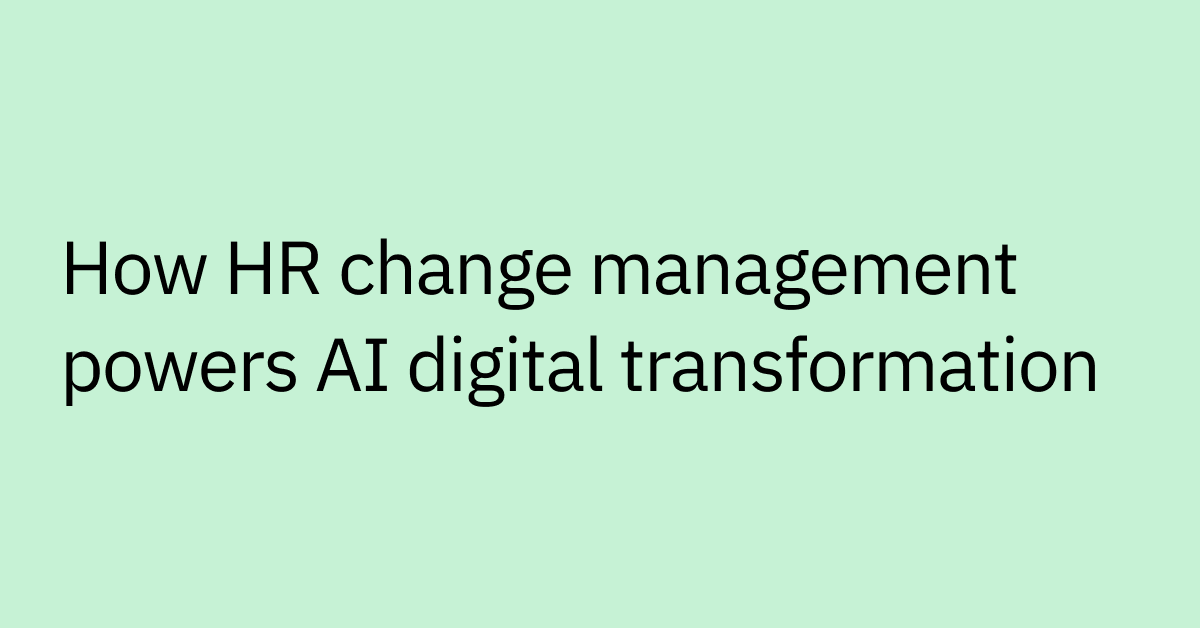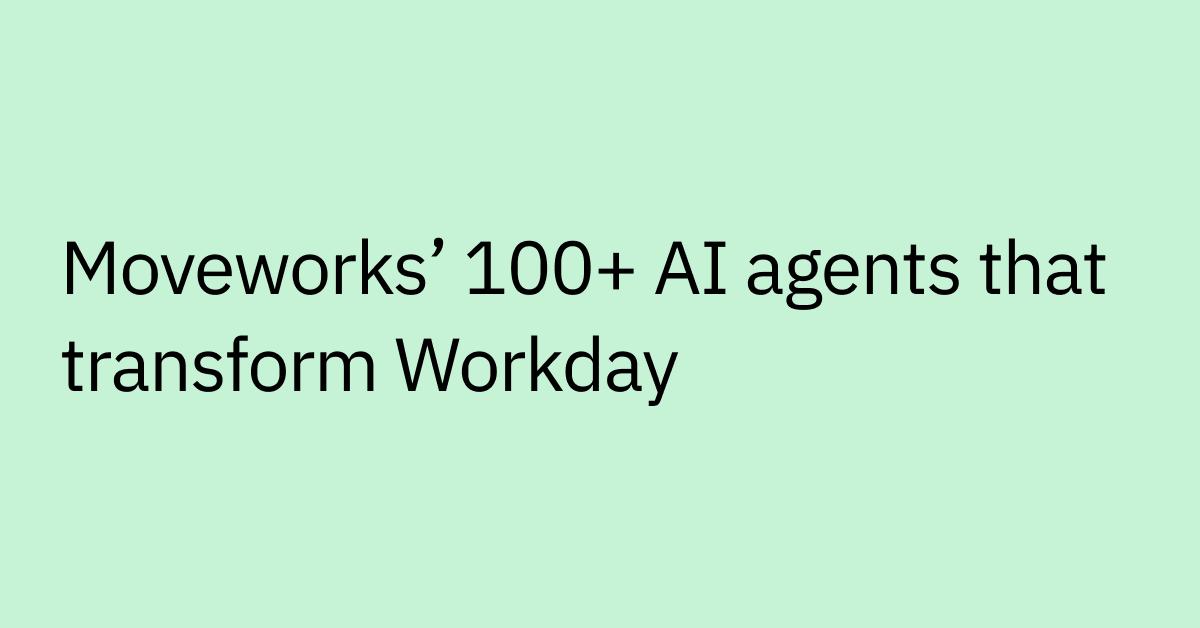Table of contents
Highlights
- Traditional ITSM tools focus on ticket routing and deflection — not complete, end-to-end resolution.
- AI agents are a new class of technology that take secure, coordinated action across third-party systems, resolving common requests end-to-end without human involvement.
- They work alongside existing ITSM platforms like ServiceNow to automate repetitive tasks, improve mean time to resolution (MTTR), and reduce helpdesk volume.
- Successful adoption requires clean data, secure integrations, clear governance, effective change management, and a phased rollout.
- Organizations using AI agents report faster resolutions, reduced ticket queues, and higher employee satisfaction.
Despite having chatbots, self-service portals, and automated workflows, your IT teams are likely still buried in tickets.
The promise of IT service management (ITSM) automation hasn't exactly matched your reality because most tools focus on deflection rather than resolution.
They route tickets or provide static FAQ links, but they rarely solve the problem entirely.
Research shows that while organizations have invested heavily in automation tools, many are hitting a plateau. Traditional ITSM automation works well for simple routing and responses, but it falls short on the more complex, multi-step resolutions that employees need to stay productive.
This is where AI agents can play a critical role. They integrate with your existing ITSM platforms to go beyond routing and FAQ suggestions. With the rise of agentic AI assistants, now user support is as simple as chatting to get support.
Unlike chatbots that only deflect or workflows that stop at basic routing, AI agents can understand intent, pull context from multiple systems, and take secure, permissioned actions to resolve common issues end-to-end, with little to no manual oversight.
AI agents go far beyond traditional ITSM automation
Most ITSM automation today follows a familiar pattern: triage bots classify tickets, static workflows route them to the right teams, and rules-based systems handle simple requests.
These tools definitely work well for predictable, low-complexity tasks — but when processes change or issues span multiple systems, they tend to require human follow-up.
Traditional automations tend to be siloed, rules-bound, and reactive. They struggle to scale and adapt to new scenarios, and offer limited personalization.
In short, they’re good at moving tickets through a process, but less effective at working with new information and resolving multi-step or cross-system issues.
AI agents provide a significant leap forward from traditional ITSM automations by delivering:
- Natural language understanding (NLU) and dynamic reasoning: AI agents use NLU — a branch of natural language processing (NLP) — to understand user intent and meaning from conversational requests.
They then apply large language models (LLMs) to reason through the request, determine the best next step, and generate structured outputs that trigger actions across integrated systems.
- This allows them to handle varied, natural phrasing — unlike traditional workflow-based systems that rely on scripted answers and exact keywords.
- Proactive and autonomous IT operations: Instead of just waiting for tickets to be submitted, AI agents can monitor systems continuously and trigger actions based on events, identifying and addressing issues before they escalate. This helps provide proactive support that traditional ITSM tools typically miss.
- End-to-end automation across systems: AI agents help serve as a powerful link between human language and APIs, allowing for smooth and efficient automation across your tech stack. Traditional ITSM automation tends to be fragmented, and integration takes a lot of manual effort.
- Personalized and context-aware support: AI agents can intelligently summarize, prioritize, and tailor responses based on an employee's role, past interactions, and current needs — offering a more personalized experience compared to traditional, one-size-fits-all automations.
- Simplified developer experience: Developers don’t have to manually script every "possible" conversation path or workflow. AI agents can dynamically adapt to user requests and efficiently respond to changing needs and preferences in real time, reducing the effort needed to maintain automations.
The business impact is significant — so much so that many companies say they would implement AI agents immediately if they were able to.
AI agents streamline processes like ITSM approvals, freeing up hours of employee time and boosting productivity. Unlike traditional automations that can struggle with complex, cross-system workflows, AI agents are designed to deliver efficiency with ease.
Common AI agent ITSM use cases
AI agents play a critical role in modern ITSM by automating, accelerating, and improving the quality of IT support. Here are the main ways they provide value:
1. Automated ticket handling and resolution
AI agents are designed to read and analyze incoming ITSM tickets and automatically respond to issues that can be resolved without intervention, minimizing the need for manual triage. Advanced agents can also classify and route tickets to the appropriate assignment groups with precision, allowing for faster, more accurate resolutions.
For example, when an employee submits a ticket saying, "I can't access the sales dashboard," an AI agent can:
Identify this as an access permissions issue.
Verify the employee's role.
Update their permissions in the appropriate system if governance policies allow, or escalate for approval when higher-risk actions are required.
Complete the process end-to-end without manual input for low-risk cases.
2. Reducing manual work for human agents
AI agents can take on lower-value, repetitive tasks (like password resets), allowing staff to focus on more complex and strategic work. They can also nudge both agents and employees to address any pending tickets awaiting approval, reducing ticket aging and speeding up closure rates.
3. Multilingual and multi-channel support
AI agents are capable of translating tickets submitted in different languages, making it easier for global teams to collaborate. Agents can retain information and interaction history when a user switches channels, so they can also keep conversations in Slack, Microsoft Teams, email, or other channels synchronized with your ITSM system to help maintain a more complete context.
4. Enhanced omni-channel collaboration and handoffs
AI agents help with multi-party conversations, across channels and platforms, supporting smoother handoffs between employees, human support agents, and automated systems. These handoffs can be dynamic and collaborative, with agents stepping in as needed, while AI stays ready to assist throughout the ticket's resolution process.
5. Proactive notifications and updates
Human representatives can get notifications about updates on tickets they own or are monitoring, helping them stay informed and respond quickly to critical issues if needed.
For example, an AI agent might spot a stalled approval workflow or a potential system outage and trigger the next step automatically.
For instance, while more Tier 1 tickets can be resolved without human intervention, Tier 2 can also benefit by proactive communications and being brought into the loop sooner — before problems start compounding or impact other systems.
6. Data quality and workflow enhancement
AI agents can help streamline the process of enhancing data quality for ITSM platforms, helping to maintain clean, accurate data for improved reporting and analysis.
They automate repetitive tasks, which cuts down on manual errors to boost data quality and offer real-time access to the most current data across platforms. AI agents also keep an eye on workflow performance, using analytics to spot gaps and suggest improvements, helping businesses stay proactive.
AI agents enable dynamic workflow adaptation. They go beyond static processes to adjust on the fly, helping workflows remain relevant and effective as business requirements evolve.
What organizations need to support agent-based ITSM
Putting AI agents in place takes foundational systems, clear governance, and collaboration across departments. But you also need to set realistic expectations that are based on where your company's maturity level sits and take a phased deliberate approach.
Here's what you need to succeed:
1. Create a foundation for AI agent success
Start by making your ITSM data and knowledge bases as clean, accurate, updated, and consistently structured as possible. Optimizing your data management and governance is essential for AI algorithms to deliver precise and dependable results.
Focus on high-impact use cases where AI can streamline high-volume, routine tasks like:
- Ticket triage
- Password resets
- Onboarding processes
- Approvals
- Knowledge base searches
These high-volume, routine workflows often provide the quickest and most tangible return on investment (ROI).
Communicate clearly and provide team and role-specific training to encourage adoption across your team and maximize ROI. When employees fully understand the capabilities of AI agents and how to use them effectively, you're more likely to see usage rates rise.
2. Identity, systems access, and secure integrations
AI agents need secure, permissioned access to core identity platforms like Active Directory, Okta, and Azure AD to verify users and initiate approved actions on their behalf. They should also integrate securely with ITSM systems like ServiceNow, asset management tools like Jamf or Intune, and other tools that employees use daily.
Implement best practices like role-based access control (RBAC) and audit logs when designing these integrations to safeguard sensitive information and help proactively address security concerns.
Also, consider starting with read-only or limited-scope integrations to overcome common blockers like siloed systems or unclear permissions to assess compatibility and performance without full exposure. You should be able to expand capabilities gradually as trust and familiarity with the system grow.
3. Governance, escalation, and accountability
Deploying AI agents can introduce a lot more than just technical challenges.
You’ll need to put clear boundaries in place for what agents can and cannot do, and ensure these are documented in policies. Define escalation paths for when issues fall outside the agent’s scope.
- AI agent actions should be able to be logged, auditable, and monitored regularly to meet compliance requirements and maintain traceability. When employees know that every action is logged, compliant with policies, and follows clear rules, they're more likely to trust and rely on automation.
- Many organizations start with lower-risk use cases like password resets and expand into other workflows over time. This incremental approach can help build that confidence while demonstrating value.
You’ll also need to monitor AI agent performance through analytics, user feedback, and incident reviews. Based on those insights, you can continue to refine, optimize, and expand your AI agent automations.
Impact of AI agents on 3 key ITSM metrics
1. Mean time to resolution (MTTR)
AI agents can help reduce MTTR by removing handoffs and manual triage steps. For example, a password reset completed by an AI agent can happen in under 60 seconds compared to hours in many traditional ticket queues.
In fact, Equinix, a global digital infrastructure company, implemented an AI-powered Level-1 IT service desk to streamline ticket creation and routing. They achieved an impressive 96% accuracy in correctly classifying and routing tickets while reducing ticket resolution times by about a third.
2. Helpdesk case volume
Automating full resolution helps decrease both incoming and redundant tickets. When employees get instant help the first time, they shouldn't have to follow up or submit additional tickets for the same issue.
Through agentic automation, a web design company was able to see about 50% of its IT issues resolved by AI. AI agents help free up human agents to handle more complex, high-priority issues that require expertise and judgment.
For example, an AI agent might spot a stalled approval workflow or a potential system outage and trigger the next step automatically.
This proactive approach not only helps reduce ticket volume but also prevents recurring problems.
3. Employee experience and support satisfaction
When employees can get instant help through Slack, Microsoft Teams, or email, you’ll likely see satisfaction scores improve. Faster resolutions mean employees spend less time waiting in queues and more time focusing on their work.
Some advanced AI agents offer consistent, high-quality support regardless of timezone or language, ensuring a reliable experience for global teams.
This consistency helps build trust in IT support services and reduce the frustration that often comes with inconsistent help across different regions or shifts.
Get the most out of your ITSM
Triage bots and workflow tools have moved IT service management forward — but many teams still struggle to fully resolve repetitive requests without human intervention.
Moveworks’ agentic AI changes that. It integrates deeply with ITSM platforms to help deliver autonomous, end-to-end support that:
- Reduces time-to-resolution — cutting wait times from hours to minutes
- Shrinks helpdesk queues — resolving tickets automatically or routing them to the right expert
- Frees up IT resources — so your team can focus on strategic priorities
- Provides consistent, reliable support — across time zones, languages, and devices
The results speak for themselves:
- 95% of password resets fully automated at Achieve
- 96% accuracy in routing IT issues to the right experts at Equinix
- 7 seconds average time to fully resolve a support issue at Nutanix
Ready to build your own AI agents? Explore Moveworks' AI agent builder and see how to create secure, autonomous agents for your ITSM.



